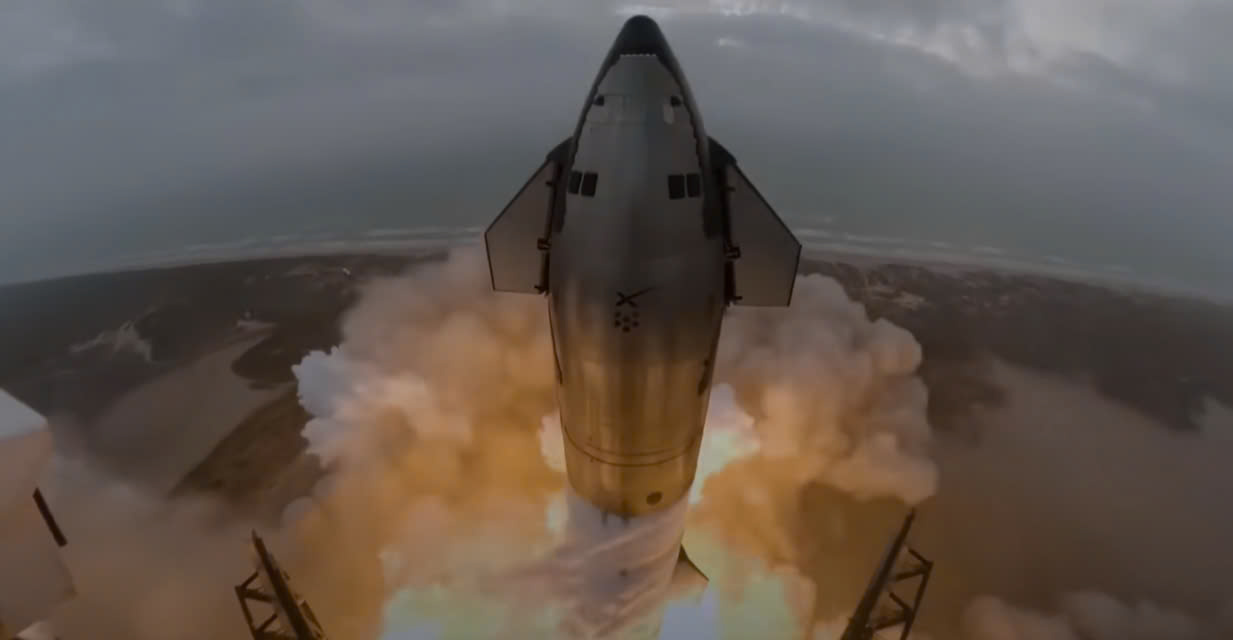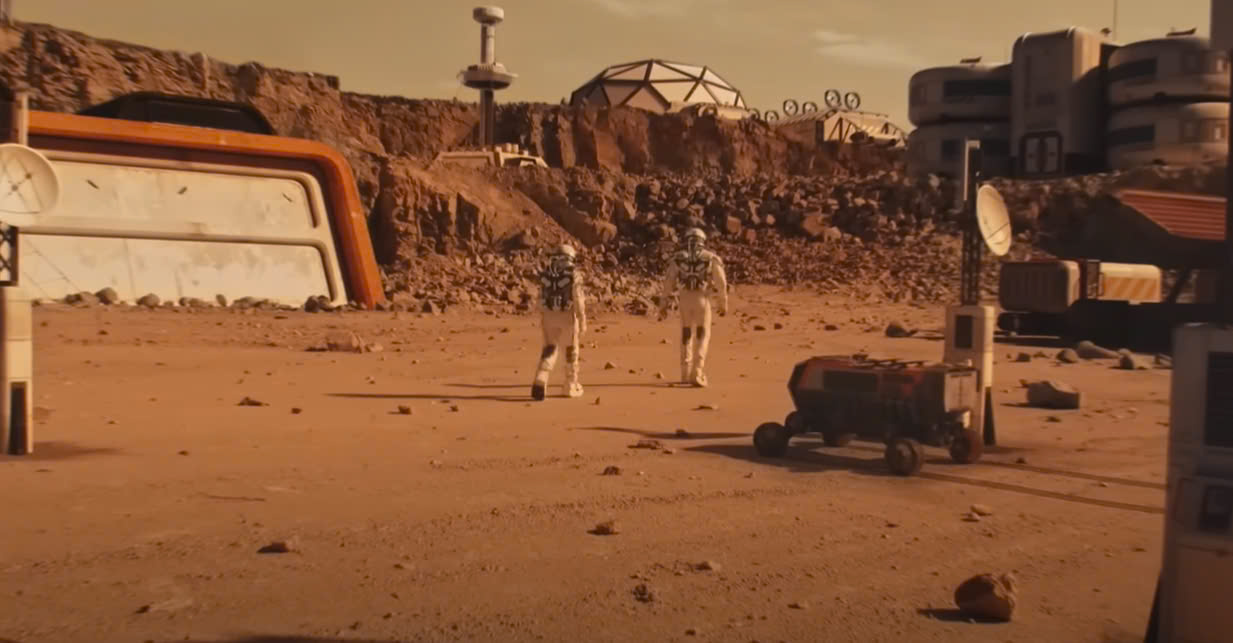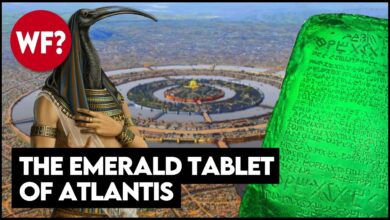Elon Musk Reveals New Plan For Interstellar Travel!

SpaceX, under the leadership of Elon Musk, is making bold moves to turn the dream of conquering star systems into reality. The **Starship Super Heavy** is currently SpaceX’s largest project, designed with twice the power of **Saturn 5** – the rocket that took humans to the Moon. It is the largest transportation vehicle ever developed, with the capacity to carry up to **200 tons of cargo** into space, a breakthrough in exploring and colonizing other planets.
### The goal of conquering Mars
Elon Musk has the ambitious plan to send **1 million people** to Mars by the year **2050**, with the aim of building a self-sustaining society independent of Earth. He calculates that this is the minimum number required to create a community that can survive and thrive sustainably on the red planet. To achieve this, SpaceX has been developing a fully reusable spacecraft – Starship, which helps reduce transportation costs between planets and opens the entire solar system to exploration.

However, the distance from Earth to Mars ranges from **34 million to 250 million miles**, making travel between the two planets possible only **every 26 months** when they are closest. This makes managing and governing a colony on Mars from Earth impractical. Musk has proposed that Martian settlers should make their own decisions from the very beginning to avoid the **4 to 24-minute communication delay** between the two planets and the administrative obstacles from Earth.

### Space economy and resources
SpaceX is not only focused on establishing a base on Mars but also aims to turn Mars into a **space economy hub**, opening up commercial opportunities and industrial development. For instance, the asteroid **Psyche**, valued at up to **100,000 quadrillion dollars**, is an attractive target for asteroid miners.
**Mars**, located near the **asteroid belt**, with its one-third gravity and thin atmosphere, will provide favorable conditions for space-based industrial operations. SpaceX envisions Mars as a thriving economy, attracting space startups and enabling the growth of space technology.
### Nuclear propulsion and antimatter
To travel beyond the solar system, SpaceX is researching advanced propulsion technologies, including **nuclear engines**. With such engines, spacecraft could reach **Proxima Centauri**, the closest star, which is more than **4.24 light years** from Earth, in about **50 years**. However, this would require the development of a much larger Starship, capable of carrying at least **100 people** to ensure genetic diversity when they arrive at their destination.
Additionally, SpaceX is interested in using **antimatter** – a type of energy far more powerful than **nuclear reactions**, providing up to **nine times** more energy than nuclear fission. Antimatter, if harvested from **Jupiter’s magnetic field**, could help reduce interstellar travel time to just **a decade**.
### Alcubierre technology – Faster-than-light travel
One of SpaceX’s boldest visions is using the **Alcubierre drive**, a method of faster-than-light travel. This engine works by creating a wave in space, allowing the spacecraft to “surf” on it without violating the physical laws governing the speed of light. This could reduce travel time to other stars to just a few months, instead of decades. However, this technology remains highly theoretical and would require enormous amounts of energy and exotic elements to operate.
### Space resource extraction
One of the biggest challenges is how to power interstellar spacecraft. SpaceX could extract **uranium** from the Moon and Mars or purchase it from asteroid mining companies. Materials like **antimatter** could be harvested from **Jupiter’s magnetosphere** using automated spacecraft, which would then safely transfer them to interstellar vehicles for use on long journeys.
### Financial backing and Starlink
To finance these massive projects, SpaceX developed **Starlink**, a satellite network providing global internet. With over **3 million customers** worldwide and plans to expand to mobile phones, Starlink has the potential to generate up to **$1 trillion in revenue** annually, enough to fund SpaceX’s ambitious plans for years to come.

### The Interstellar future
Despite the enormous challenges, from developing propulsion technologies to securing funding, SpaceX is determined to push forward with its interstellar journey. With foundations like **colonizing Mars** and **Starship**, the company hopes to turn the impossible into reality, opening a new era of human life and development beyond Earth.








